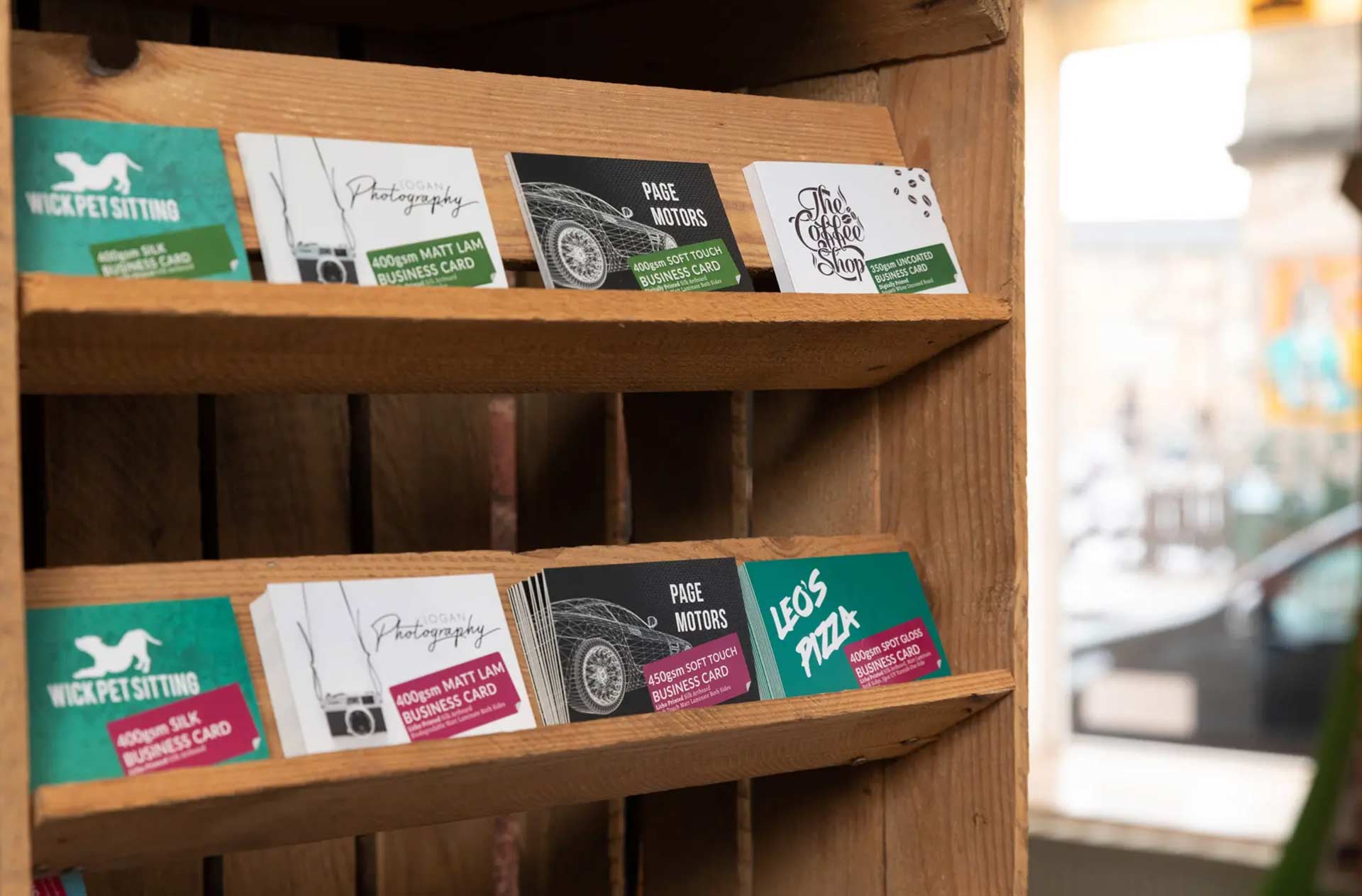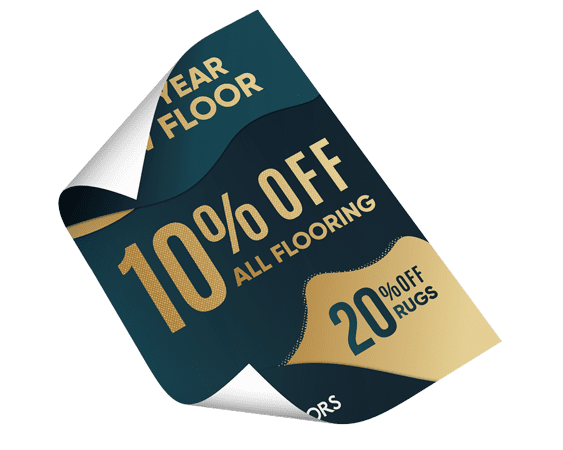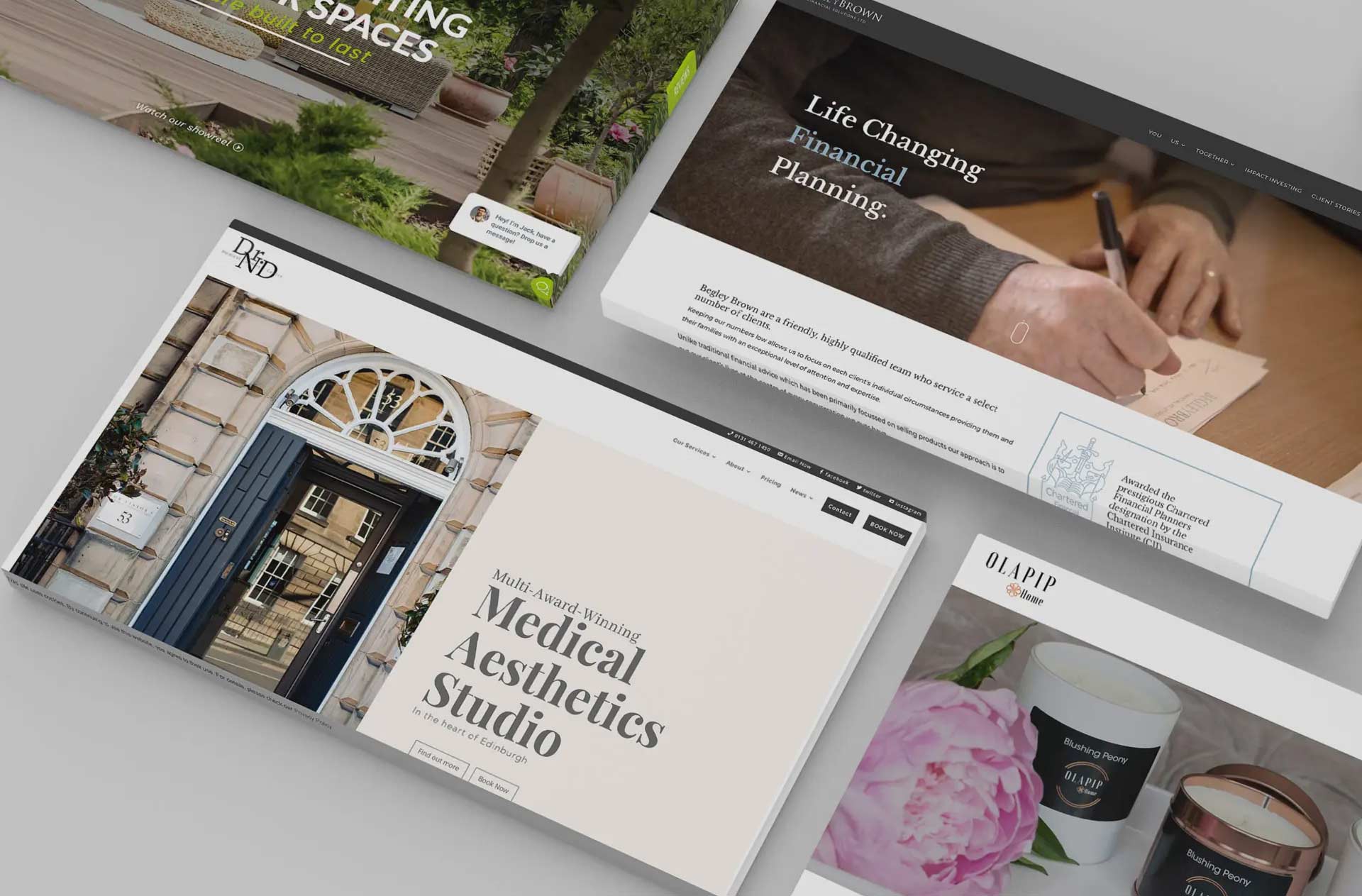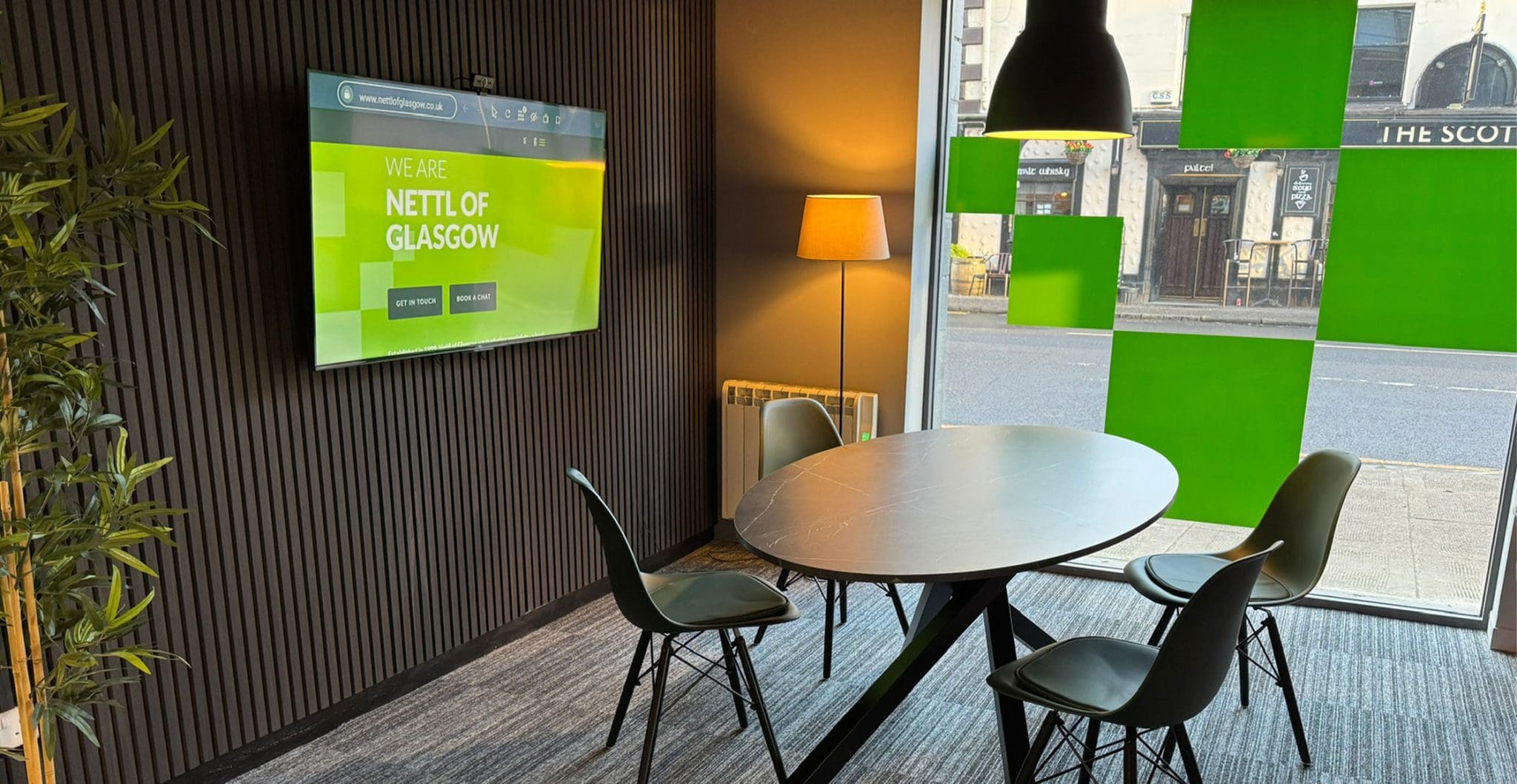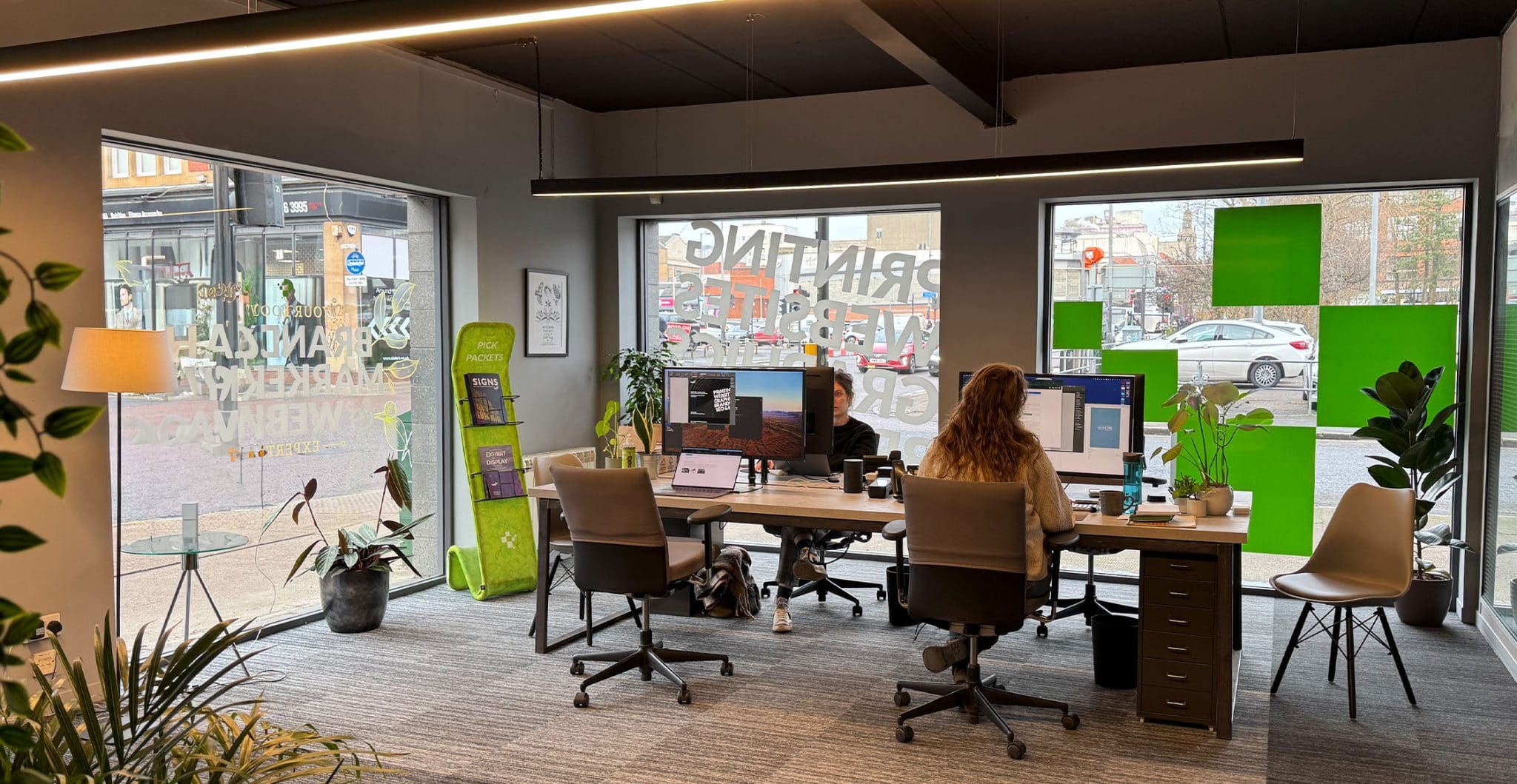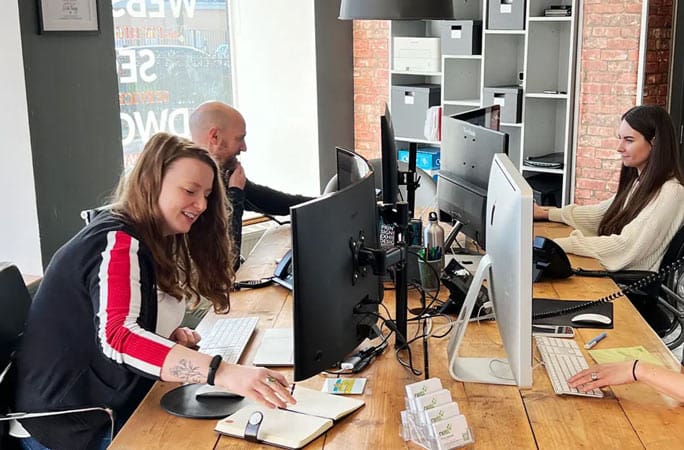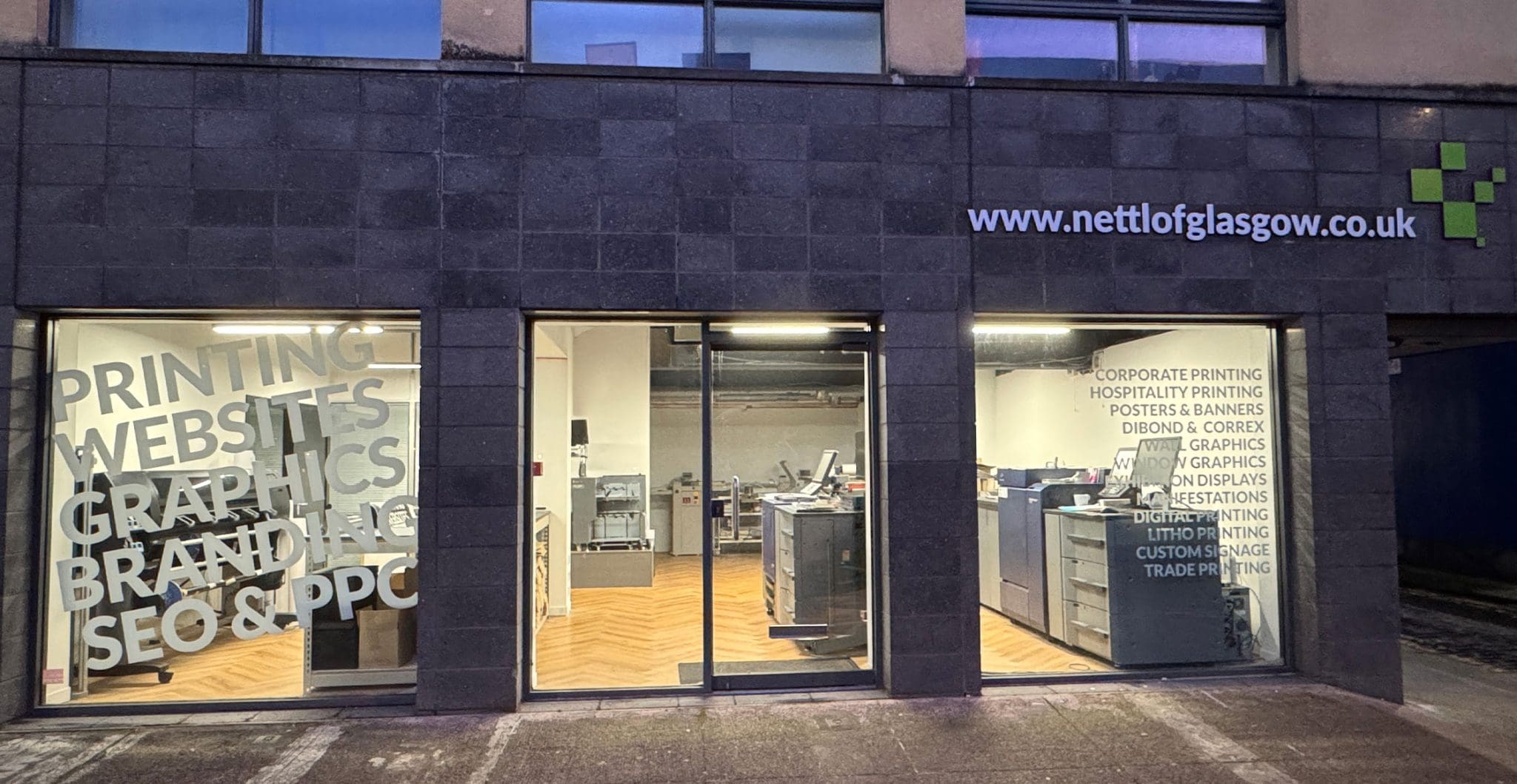In the ever-evolving landscape of online business, two critical factors play a pivotal role in ensuring the success of your website: speed and search engine optimisation (SEO). As technology advances and user expectations rise, the correlation between fast-loading websites and SEO rankings has become more evident than ever before. In this article, we delve into the synergy between speed and SEO and provide valuable insights on optimising web design for exceptional performance.
The Need for Speed: How Website Speed Impacts SEO
In an era where instant gratification is the norm, website visitors have little patience for slow-loading pages. Google and other search engines understand this user preference and prioritise delivering a seamless online experience. Hence, website speed has become a crucial ranking factor in search engine algorithms. The logic is simple: faster websites provide better user experiences, and search engines aim to direct users to websites that deliver on this front.
The SEO Benefits of a Speedy Website
-
Higher Search Engine Rankings: Search engines reward fast-loading websites with higher rankings in search results. This means that a well-optimised and fast website is more likely to appear on the first page of search engine results, increasing visibility and driving organic traffic.
-
Reduced Bounce Rates: Slow-loading websites often lead to higher bounce rates as users quickly abandon pages that take too long to load. A faster website reduces bounce rates, indicating to search engines that visitors find the content valuable and engaging.
-
Improved User Engagement: Users are more likely to engage with your content and explore your website when it loads quickly. This increased engagement signals to search engines that your website provides relevant and valuable information.
Optimising Web Design for Speed and Performance
Now that we understand the importance of speed in SEO, let’s explore some actionable steps to optimise your web design for superior performance:
-
Efficient Coding: Streamline your website’s code by removing unnecessary elements and using efficient coding practices. Minimise CSS and JavaScript files to reduce server requests and improve loading speed.
-
Optimise Images: Large images can significantly slow down your website. Compress and resize images without compromising quality to ensure faster loading times.
-
Browser Caching: Enable browser caching to store static files locally on visitors’ devices. This reduces the need to fetch resources from the server upon subsequent visits.
-
Content Delivery Network (CDN): Implement a CDN to distribute your website’s content across multiple servers, reducing latency and improving loading speed for users around the world.
-
Responsive Design: Design your website to be responsive across various devices and screen sizes. This not only improves user experience but also aligns with Google’s mobile-first indexing, positively impacting SEO.
-
Minimise Redirects: Too many redirects can slow down your website. Limit the use of redirects and ensure they are necessary for a seamless user journey.
-
Quality Web Hosting: Choose a reliable and high-performance web hosting provider. A fast server response time contributes to quicker page loading.
The Bottom Line
Designing a fast and SEO-friendly website is more than just a technical consideration—it’s a strategic decision that can significantly impact your online success. By prioritising speed and optimising your web design, you not only enhance user experience but also boost your SEO rankings. As search engines continue to prioritise fast-loading websites, investing in speed becomes a winning strategy that yields long-term benefits for your business.
At Nettl of Glasgow, we specialise in creating websites that seamlessly blend speed and SEO optimisation. Contact us today to discover how our web design experts can elevate your online presence and drive exceptional results.

